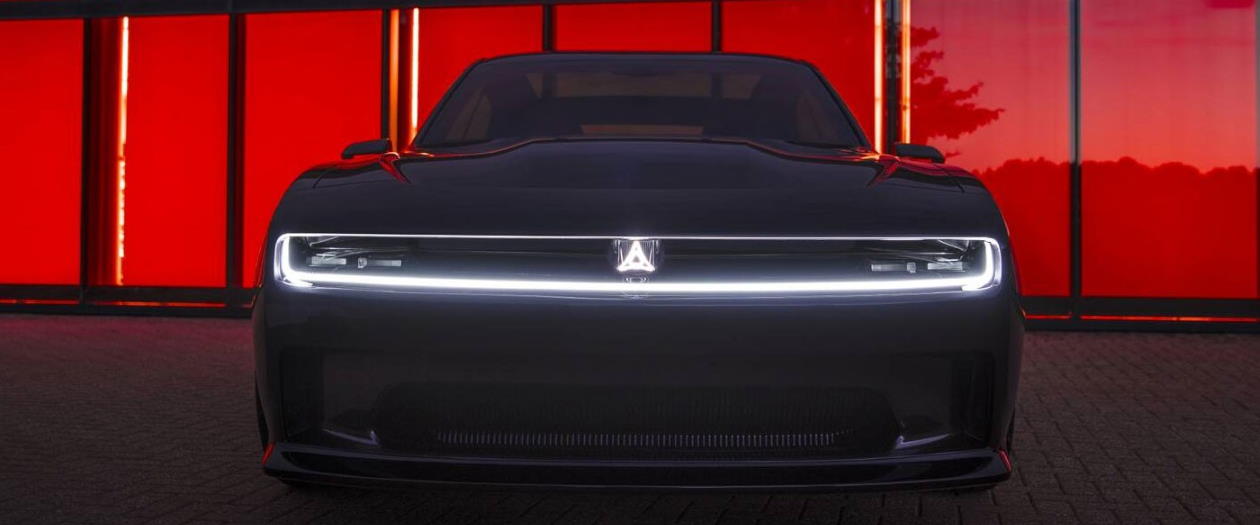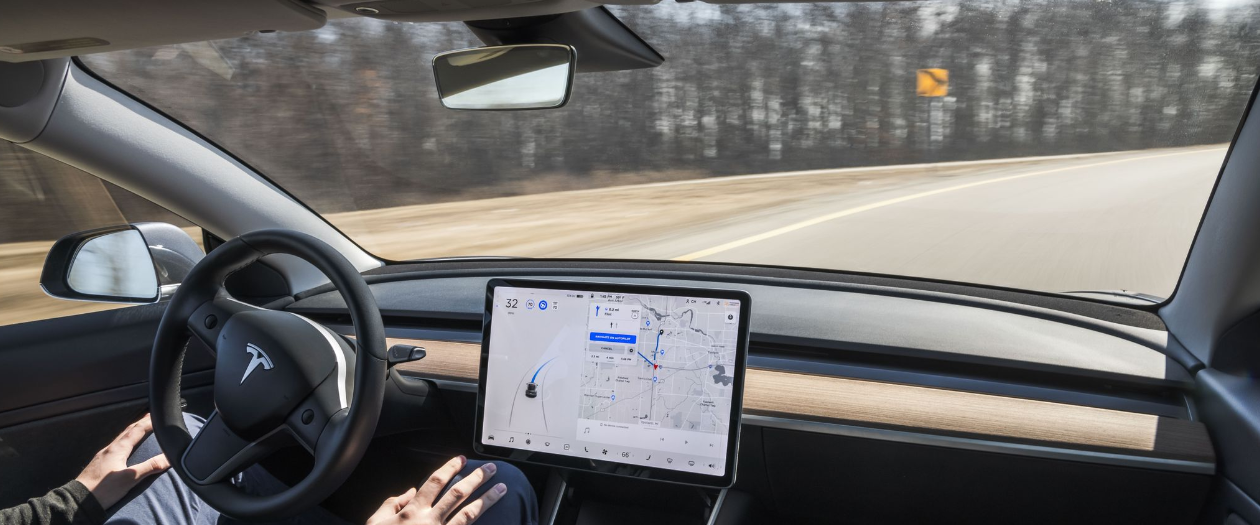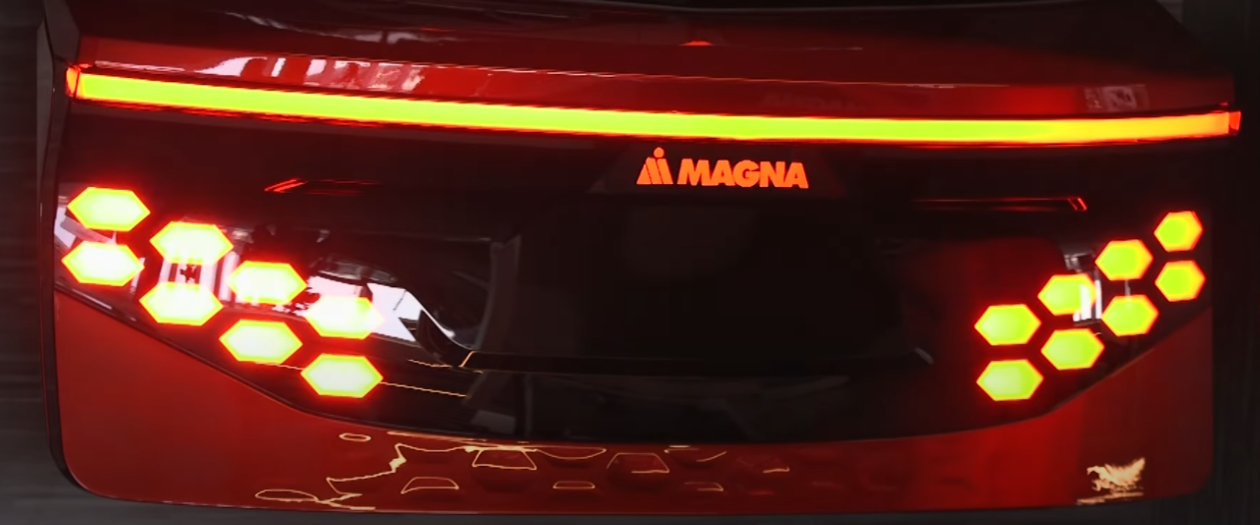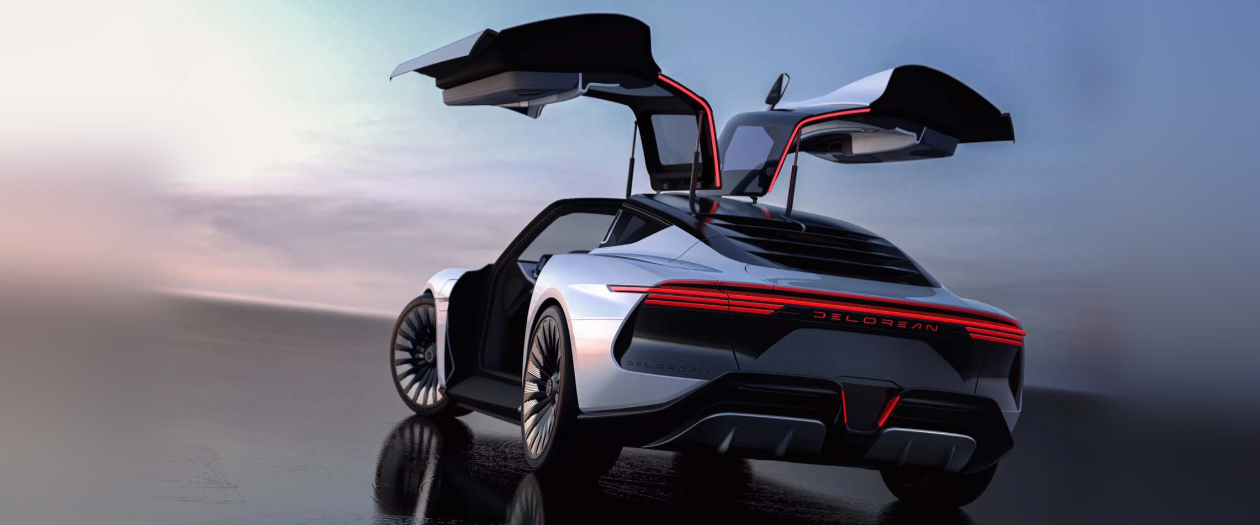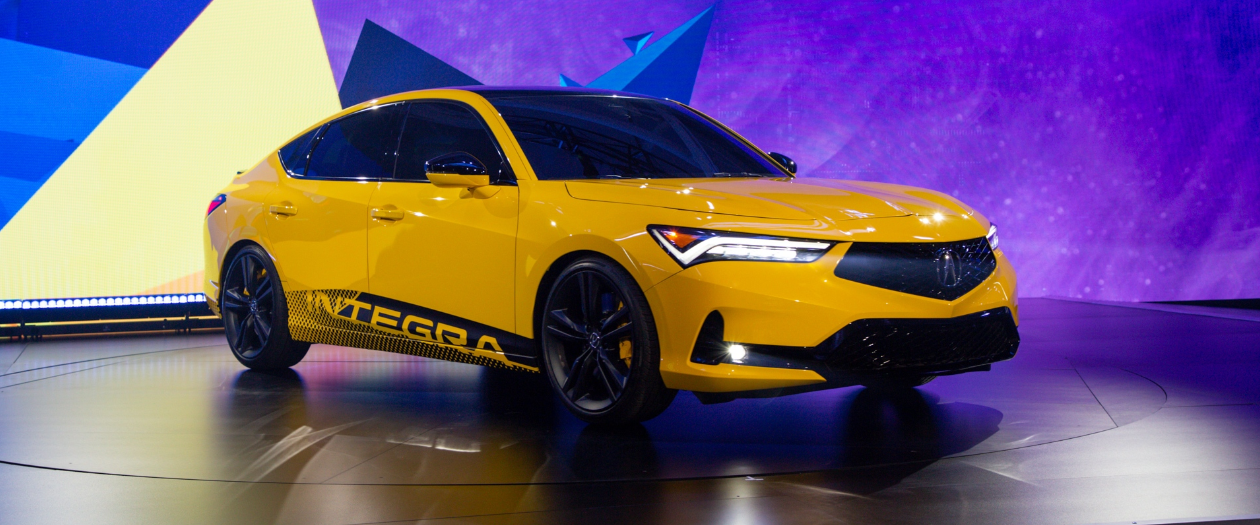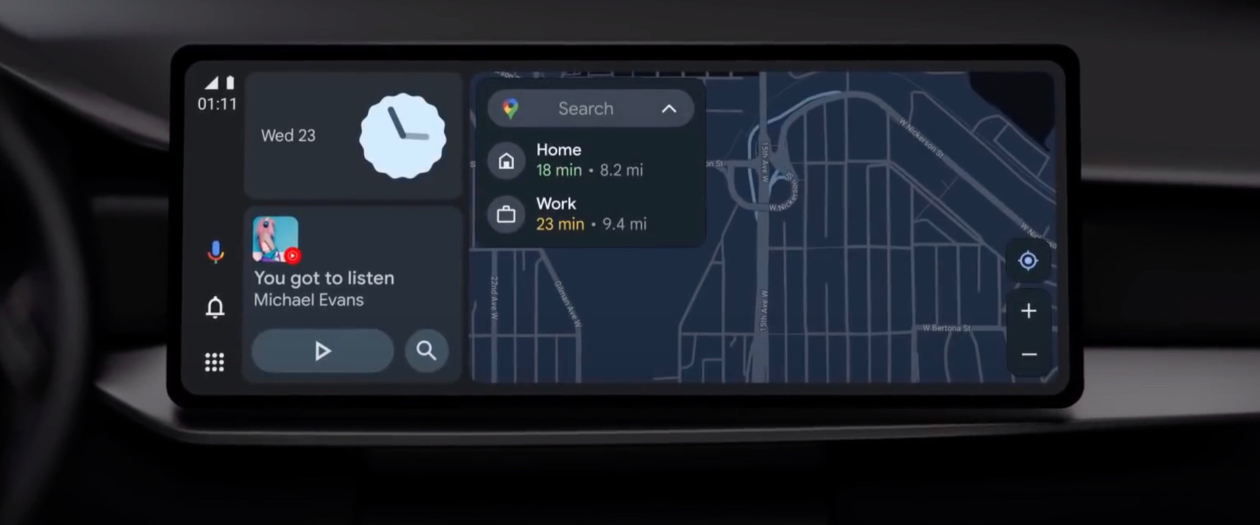Depending on the methods used, an electric vehicle can take hours to even days to charge. Even some of the fastest methods require 15+ minutes. Compared to mere minutes of refueling a gasoline fuel tank, this isn’t super desirable.
One proposed solution to this is with wireless charging. Like you’d see with certain smartphones, a charging pad, when placed near the charging zone of a vehicle, would wirelessly send power to the vehicle to charge. This is most often seen as a pad placed inside a private vehicle garage that a driver would park overtop of. Another form of this is a bit more advanced: put it in the roads.
Michigan Governor Gretchen Whitmer recently announced a plan to investigate that exact idea. They intend to build a 1-mile stretch of road in a local county that would contain wireless charging technology all along its length.
“Michigan was home to the first mile of paved road, and now we're paving the way for the roads of tomorrow with innovative infrastructure that will support the economy and the environment, helping us achieve our goal of carbon neutrality by 2050.
This project reinforces my commitment to accelerating the deployment of electric vehicle infrastructure in Michigan and will create new opportunities for businesses and high-tech jobs amidst the transition to electric vehicles.”
It’s more than just talk, too. Officially dubbed the Inductive Vehicle Charging Pilot Program, the Michigan Department of Transportation will release a request for proposal this Tuesday (Sept 28) to find a partner company to help design, test, and build that test strip of road.
While Michigan isn’t the only location looking into this sort of technology, but it might be the funniest. Michigan has a history of unmaintained roadways, particularly with potholes. Both local and national internet communities often poke fun at the size, frequency, and long-standing status of potholes in the Great Lakes state. To hear their governor claim that they want to be on the forefront of road-based infrastructure is entertaining.
While we are not experts, we have little faith in wireless-charging roads. Wireless charging is a newer idea, and one that is fairly inefficient. Even the smallest increases in distance between the charger and receiver can lead to less power transferred while still consuming the same amount of energy. When you introduce obstacles like concrete, vehicle height, snow/rain, and general dirt and debris, we can imagine that the energy usage to charge received is pretty rough. But hey, we’d love to be proven wrong.


